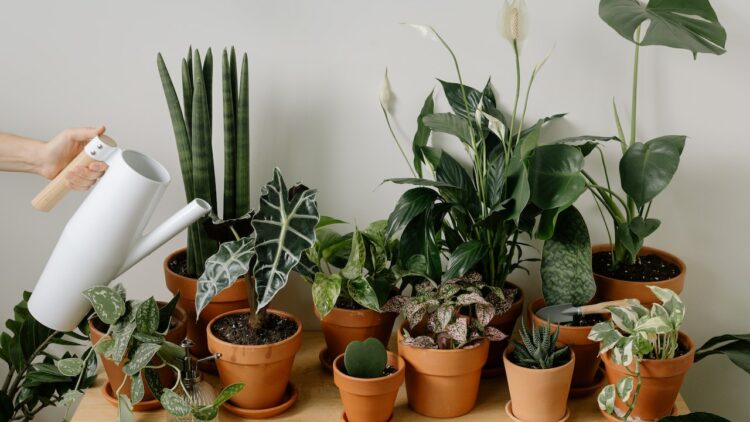NASA-Recommended Air-Purifying Plants – NASA has done a fascinating study on indoor plants that helps clean the air inside our homes with the natural power of indoor plants. NASA has collaborated with the ALCA – Associated Landscape Contractors of America and discovered indoor plants which help remove toxins from the air of our house and make it more clean and fresh for our breathing process.
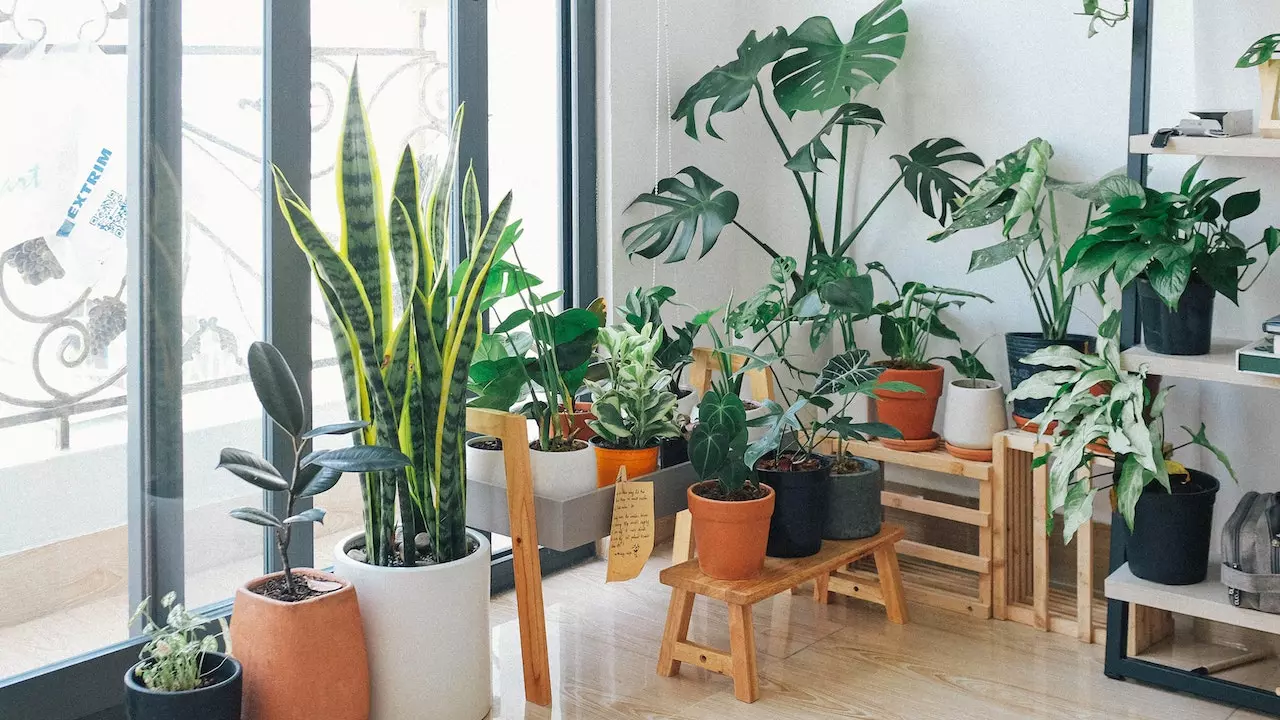
Read Also: How to Prevent Tanning and Maintain a Bright Complexion.
As per their research, they have found some plants which processed through certain air purifying qualities, which help improve indoor air quality. So today, in this article, we will help you to understand the research done by NASA and tell you the benefits of the important of these 12 NASA-recommended air-purifying plants so that you can use them to improve the air quality of your house and get the ultimate benefits of these plants by removing toxins from the air. So let’s start and learn about the 12 NASA-recommended air-purifying plants.
Areca Palm
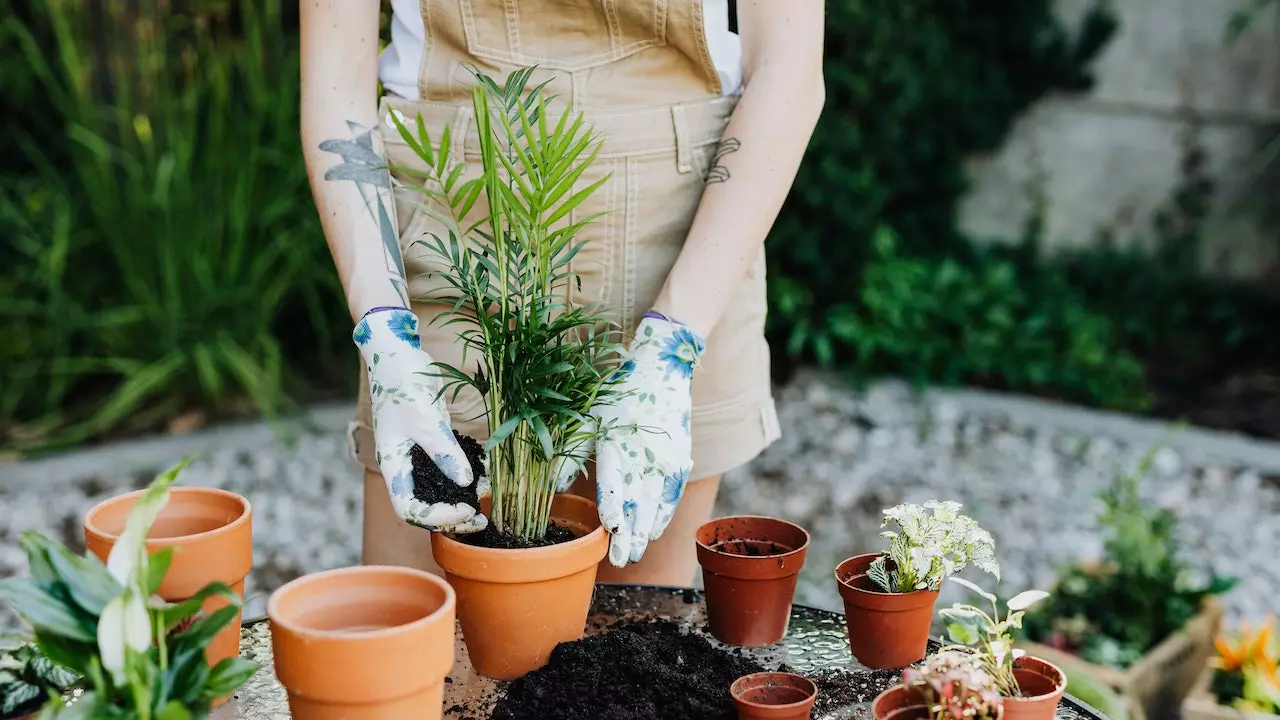
The Areca Palm is well known for its ability to remove formaldehyde, toluene, and xylene from the air. These plants also release moisture, improving air quality and increasing humidity. That’s why it is on the list of 12 NASA-recommended air-purifying plants.
You should place this plant in a well-lit area which should be away from the direct sunlight. The ideal placement for these plants should be in living rooms or areas with bright and indirect light.
Snake Plant
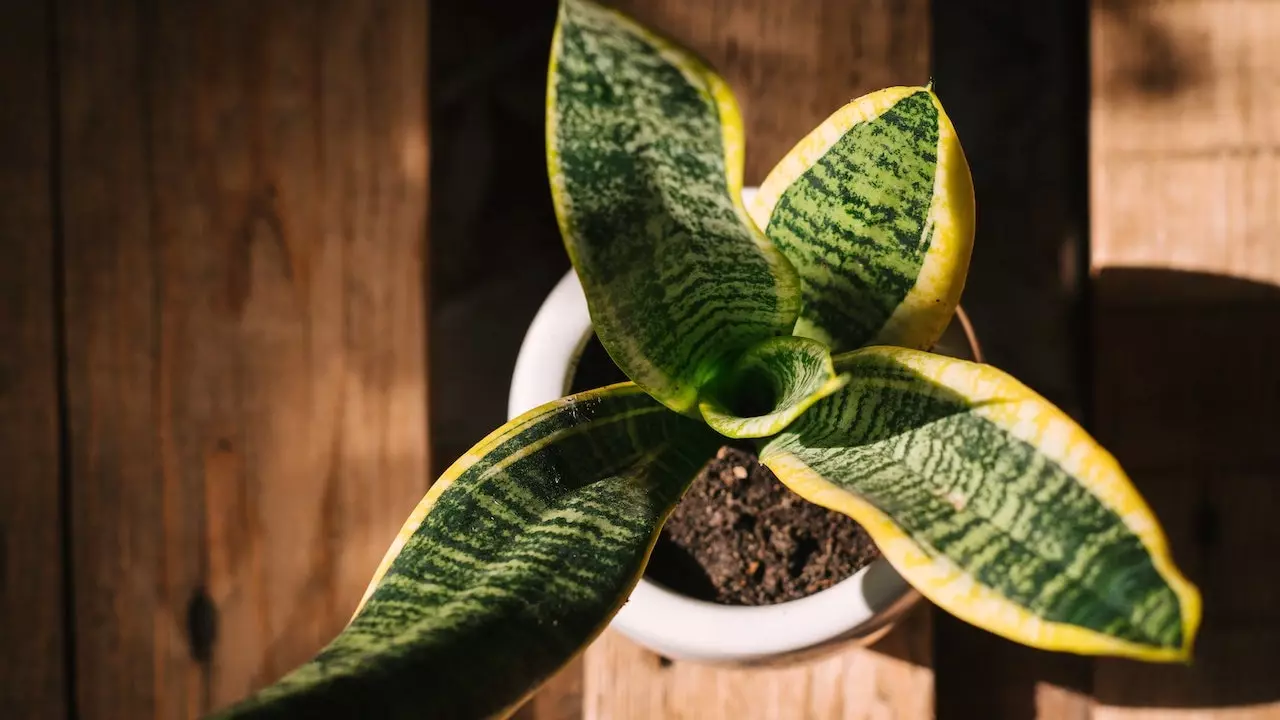
Snake plants are well known for their properties and excellence in removing toxins such as benzene, trichloroethylene, formaldehyde, and xylene from the air. Snacks plants also release oxygen at night time. That’s why there are also Nasa-recommended air-purifying plants in this list.
You should place them in places that are not in contact with direct sunlight and also avoid overwatering these plants. The best place to place these plants is in your bedroom.
Money Plant – NASA-Recommended Air-Purifying Plants

Many plants are also known as Devil’s Ivy and are well known for their properties of removing formaldehyde, xylene, and benzene from the air. That’s why it has been on the list of Nasa-recommended air-purifying plants.
You can place them in places with no direct sunlight in hanging baskets. The best place for them is in your living room or your office.
Gerbera Daisy
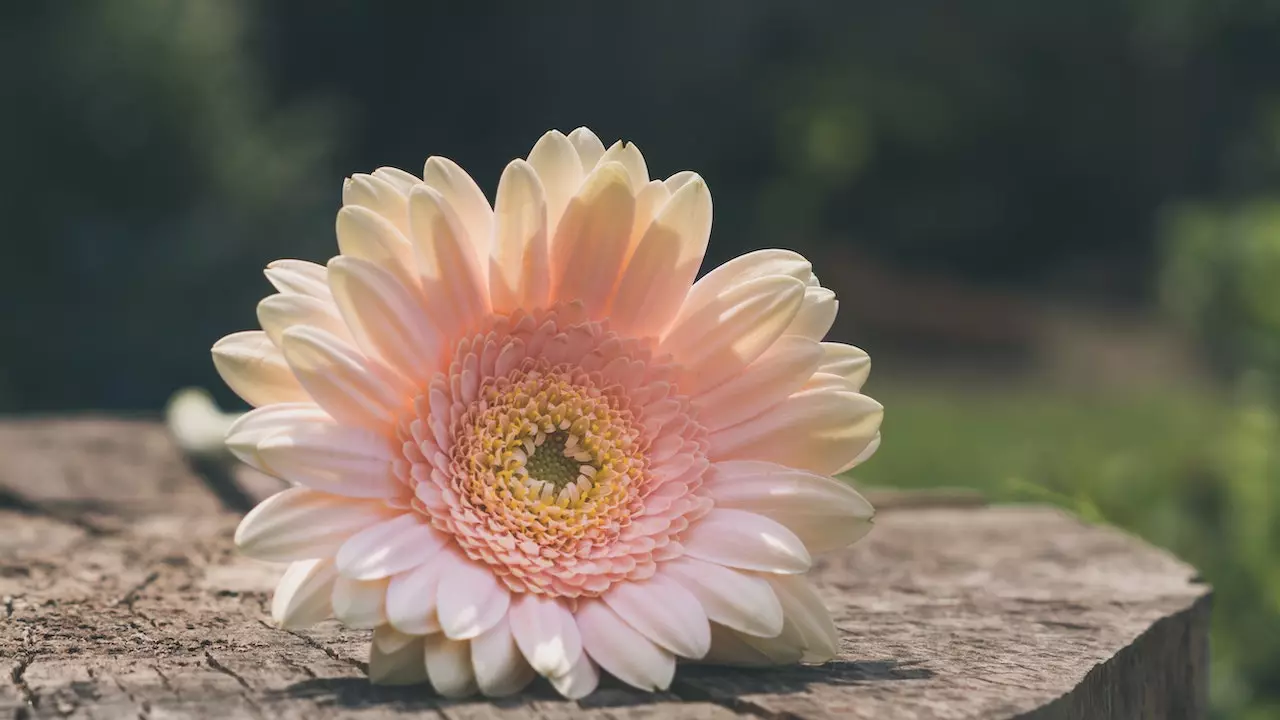
Gerbera Daisy plant is also well known for its properties of removing formaldehyde, trichloroethylene, and benzene from the air. That’s why they are also on the NASA-recommended air-purifying plants list.
You can place them in your living room with bright and indirect sunlight.
Chinese Evergreens
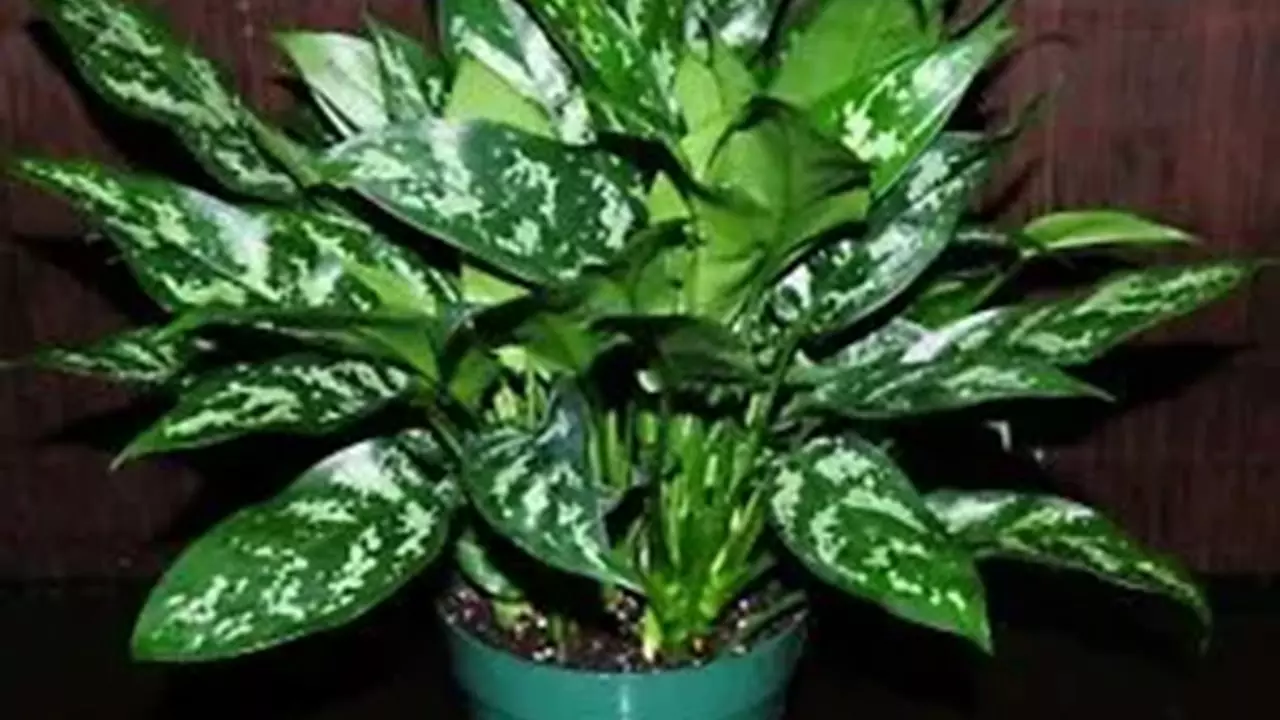
Chinese Evergreens are well known for their ability to air purify and filter benzene and formaldehyde. These plants are versatile and can be placed in various places, such as offices, bedrooms, or living rooms. They are beautiful and can add a touch of elegance to any place.
Spider Plant
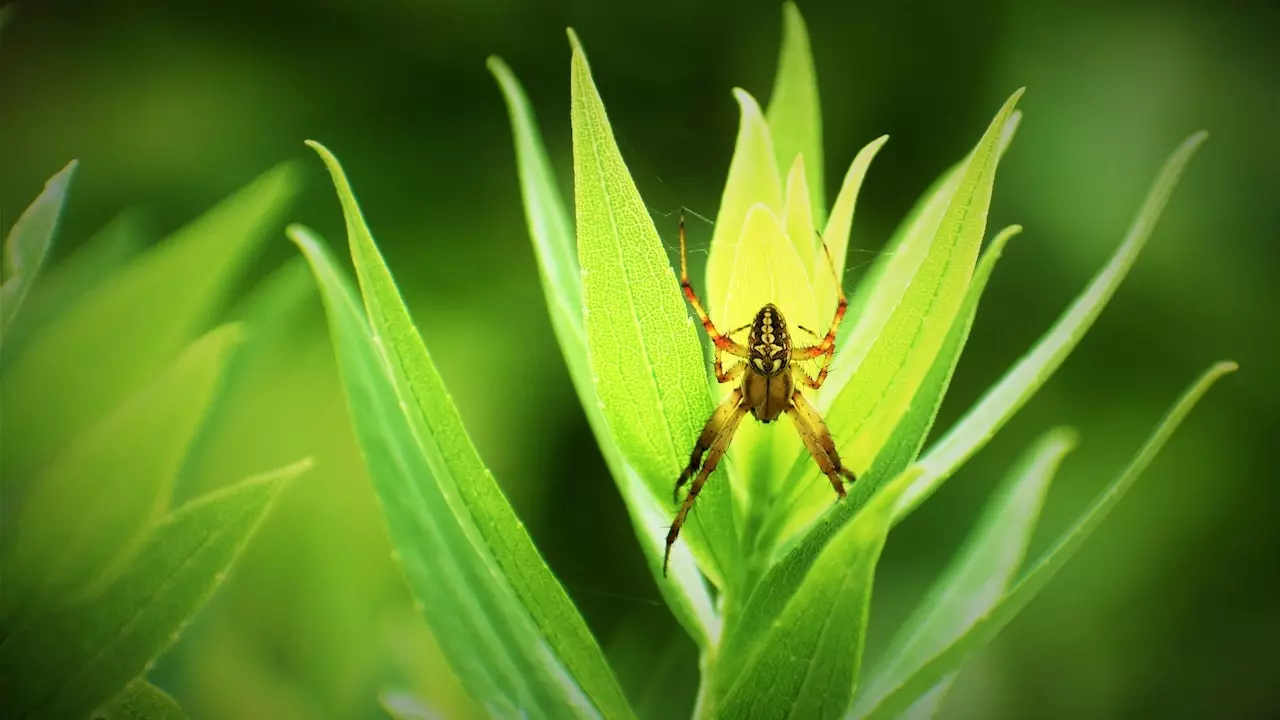
These plants are very versatile and easy to take care of, and apart from these, spider plants help remove xylene and formaldehyde from the air. That’s why they are also on the NASA-recommended air-purifying plants’ list.
You can place using hanging baskets or placing them on shelves, and they are a suitable and best choice for your bedroom or living room, or you can also place them in your bathrooms.
Aloe Vera
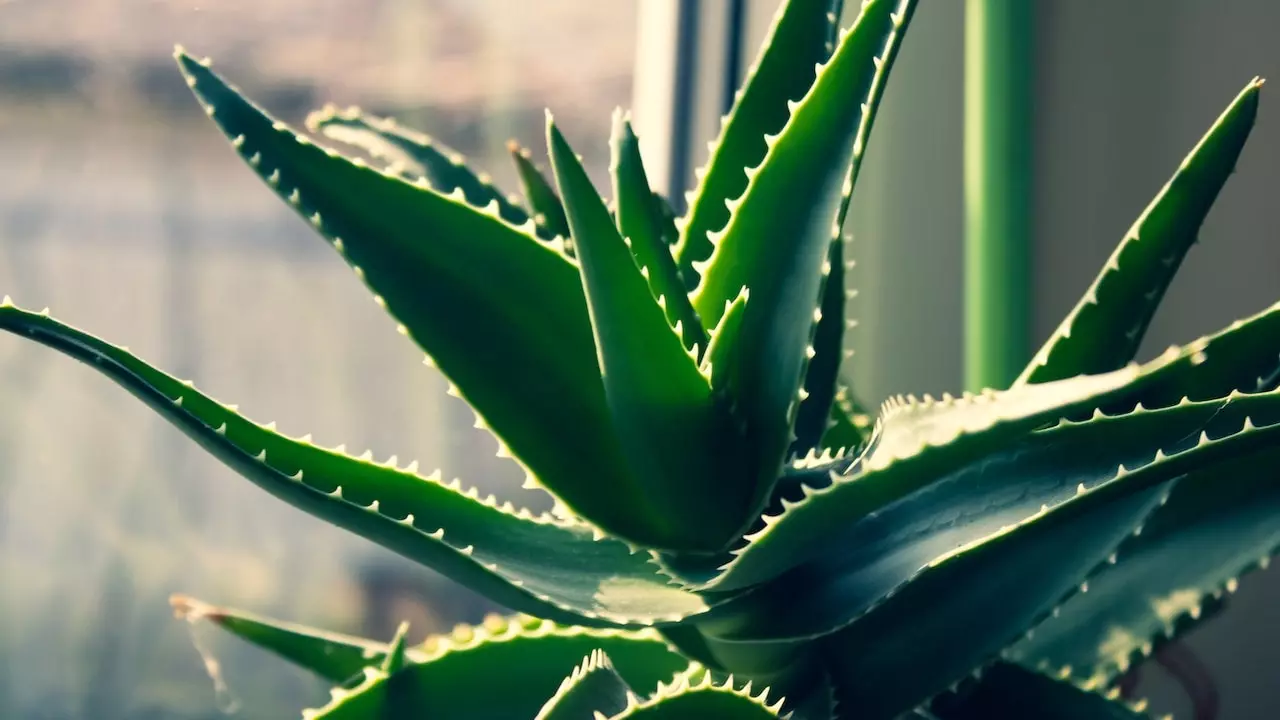
Aloe vera is famous for its soothing gel and its air-purifying properties, which help remove formaldehyde from the air. You can place aloe vera plants in your living room because it prefers bright locations. But don’t place it in direct sunlight; otherwise, its leaves can be burnt.
Broad Lady Palm
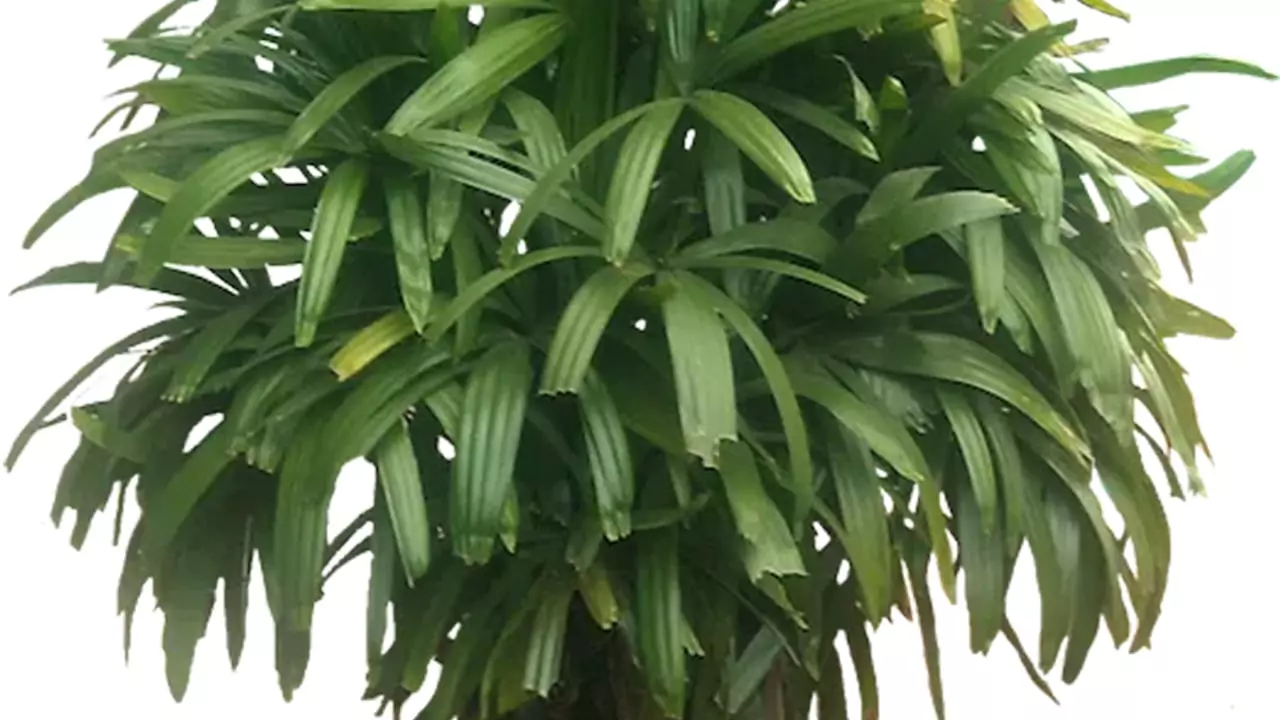
Broad Lady Palm plant is well known for its ability to filter formaldehyde, xylene, and ammonia to cleanse the air. They have a fan-like look and the best suited to place in your office, living room, or any place with medium or bright indirect sunlight contact.
Red-edged Dracaena (Dragon Tree)
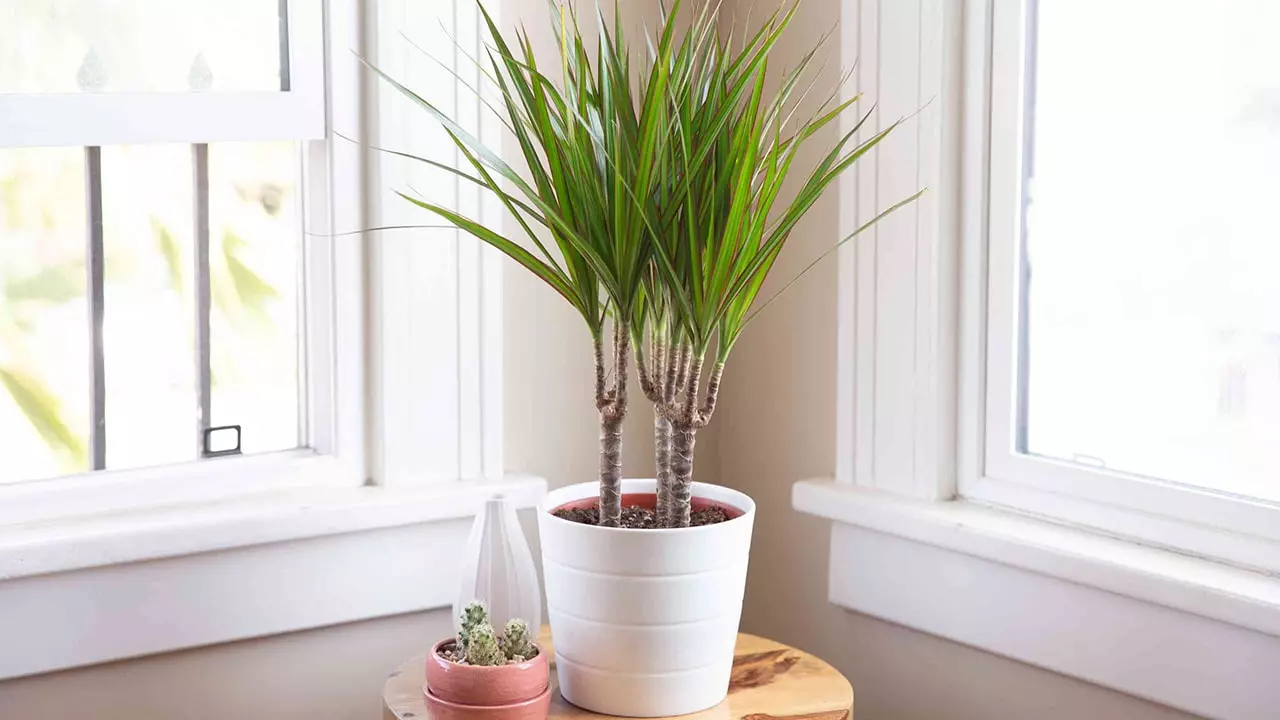
Drago tree plant is well known for removing formaldehyde, trichloroethylene, benzene, and xylene to purify the air. This is also on the list of Nasa-recommended air-purifying plants. It can be placed in areas with light and bright indirect sunlight and is best suited for bedrooms and living rooms to enhance air quality.
Weeping Fig
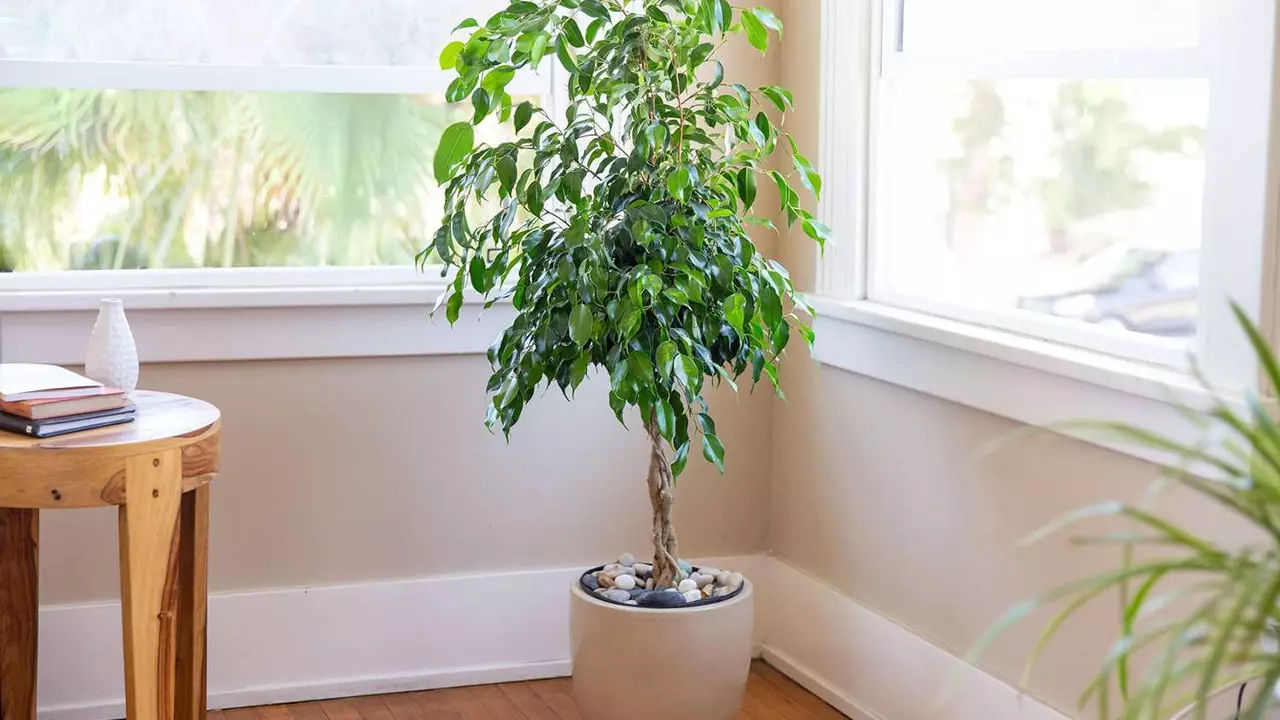
These plants also remove benzene, formaldehyde, and trichloroethylene from the air. You can place these plants in your office or living room to enhance the air quality.
Chrysanthemum

Chrysanthemums are lovely flowers, but apart from this feature, they can also help remove benzene, formaldehyde, xylene, and ammonia from the air. They need sunny locations for their beautiful growth so that you can place them in bright areas like your living room or bedroom.
Rubber Plant
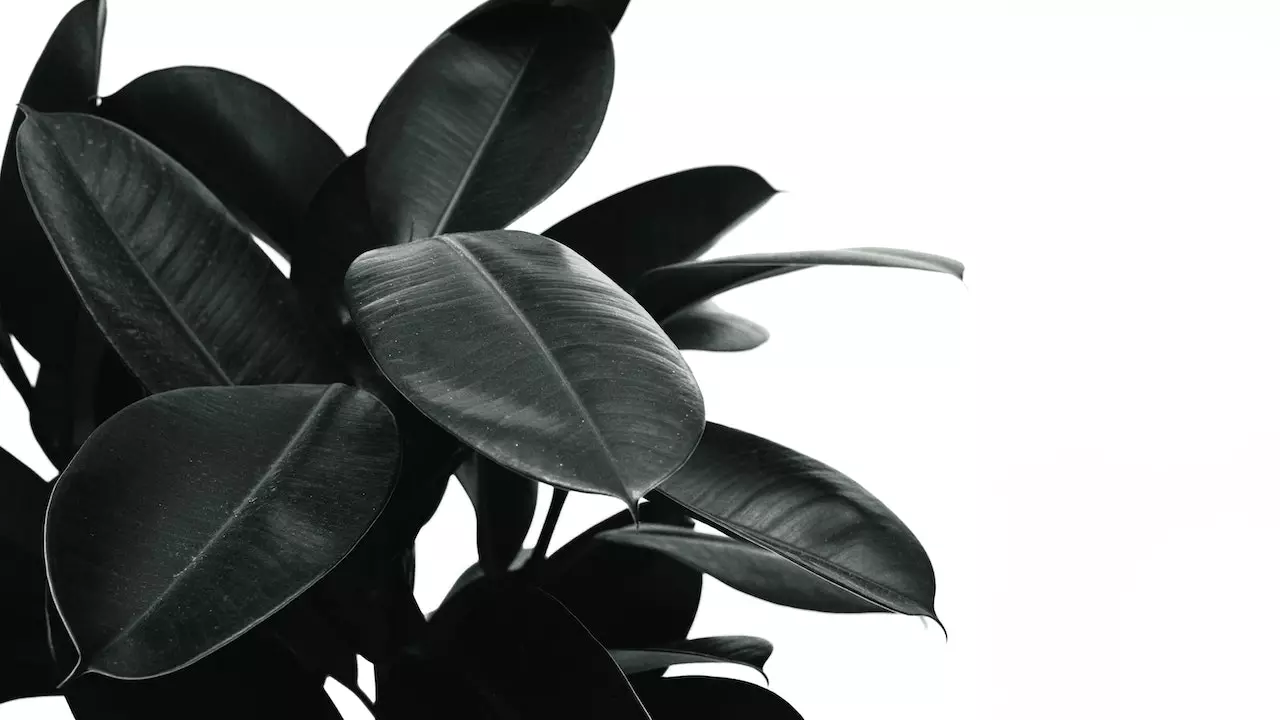
Rubber Plants are well known for their ability to remove formaldehyde from the air. They have large and glossy leaves, so they can add a touch of elegance to any place that has been placed. They need bright and indirect sunlight, so you can place them in your living room to enhance air quality.
So these are the 12 NASA-recommended air-purifying plants but remember to consider the lighting condition and ambiance of the place before opting for any plant. At last, creating a green environment with these air-purifying and lovely plants will help you improve the air quality of your room and create a more refreshing atmosphere around you which will help boost and refresh your mood.
To get more of our exclusive content on Health Care and Lifestyle. Follow us on YouTube and Instagram.


